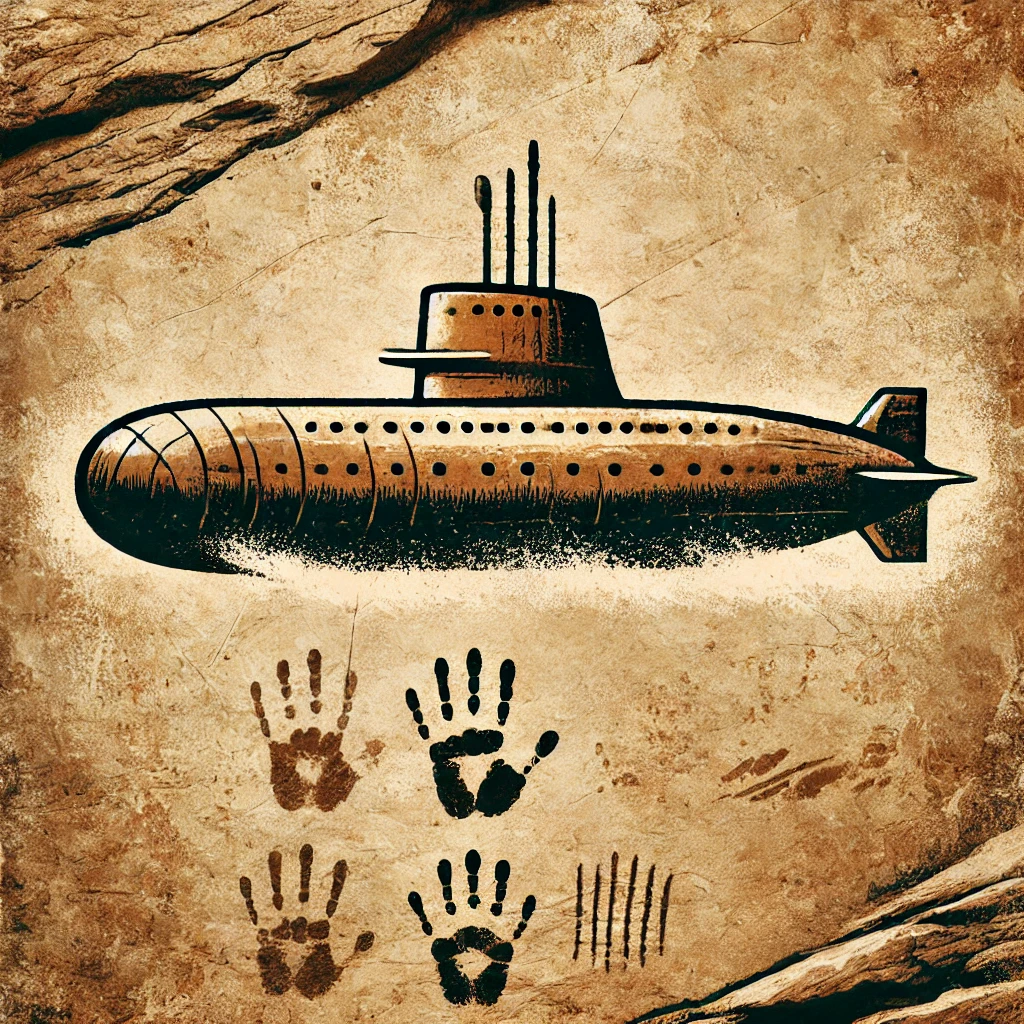Drones with artificial intelligence: how it changes everything—and why it matters more than you think
Imagine a drone that not only follows your commands but also understands what’s happening around it, makes its own decisions, and helps you fly better even if you’re a beginner. It sounds like science fiction, but it’s already real. Drones with artificial intelligence are transforming how we fly, record, and learn—though it’s not always obvious at first glance. Many people buy a drone without knowing whether it truly has AI or if it’s just a marketing term. In this guide, you’ll discover what artificial intelligence means in a drone, how it shows up across different tiers, and the real benefits it brings to filming, navigation, and accident prevention.
What does it mean for a drone to have artificial intelligence?
A drone with artificial intelligence isn’t just one with automatic functions; it’s a machine that can analyze information, learn patterns, and respond intelligently to what’s happening during flight. AI lets the drone recognize objects, people, routes, or risks and act without relying on the pilot every second. It’s used to stabilize more effectively, track a moving subject, avoid obstacles, and even predict where you’re heading next. Some models can identify gestures, detect faces, or adjust the camera to keep the best framing. Artificial intelligence turns the drone into more than a flying machine—it becomes an autonomous assistant.
AI in entry-level drones: simple but useful assists
At the entry level, artificial intelligence appears as small flight assists. You might get enhanced auto-stabilization, wind alerts, precise altitude hold, or basic user tracking via GPS. While these drones don’t have complex systems, AI helps correct pilot errors and keeps the flight steadier than basic sensors alone could manage. This is where AI hides behind easy-to-use features. It may not look advanced, but it makes a big difference for beginners who need safety and confidence.
AI in mid-range drones: recognition, tracking, and smart flight
In the mid-range, artificial intelligence becomes more visible. Here, the drone can identify body shape or a face to follow a person without relying solely on GPS. It can also avoid obstacles using sensors that analyze the environment and choose the best path around them. Some drones in this tier learn from the user’s movements to smooth tracking and auto-adjust the camera. They can even create intelligent flight routes with a tap on the screen or generate preprogrammed cinematic moves. This is the ideal range for those seeking creativity and convenience without professional complexity.
AI in professional drones: advanced analysis and true autonomy
At the professional tier, AI-powered drones operate like true autonomous systems. They can map the environment in real time, detect multiple objects simultaneously, and prioritize decisions based on context. For example, when following a cyclist in a forest, they can anticipate direction, choose the best filming position, and dodge branches without stopping. They also analyze light, framing, and speed to adjust the camera like an expert operator. In industrial tasks, AI enables structure inspection, fault detection, and 3D terrain modeling with minimal human input. This intelligence isn’t just convenience—it’s precision and efficiency.
Learning and personalization
The most advanced drones can learn your flying preferences and remember your settings. Over time, they adapt to you—not the other way around. This learning ability is one of the clearest hallmarks of true AI.
What does a drone with AI actually provide?
Artificial intelligence delivers three key benefits: safety, autonomy, and creativity. An AI-enabled drone can prevent accidents by analyzing the environment better than a distracted human pilot. It also reduces stress while flying by handling complex decisions automatically, letting you focus on what matters—enjoying the scenery or planning the perfect shot. Plus, AI opens the door to smoother camera moves, dynamic routes, and footage that used to require lots of experience. Even for beginners, an AI drone can be a learning tool because it corrects mistakes and helps you improve without fear. The goal isn’t to replace the pilot, but to support and amplify their capabilities.
The key before choosing: what level of AI do you need?
Not everyone needs the smartest drone on the market. If you’re starting out, basic AI that gives you stability and simple automations is enough to have fun. If you frequently create content, you’ll want AI that can follow you precisely and avoid obstacles. If you work professionally, advanced autonomy and environmental analysis will be essential. Artificial intelligence isn’t just a trendy feature—it’s the future of flight. Understanding how it applies at each tier lets you choose the ideal drone for your current level and grow without limits. That’s the real advantage of knowing AI: buying not for fashion, but for a clear, conscious need.




